Transfer Switch for Generator: Complete Guide
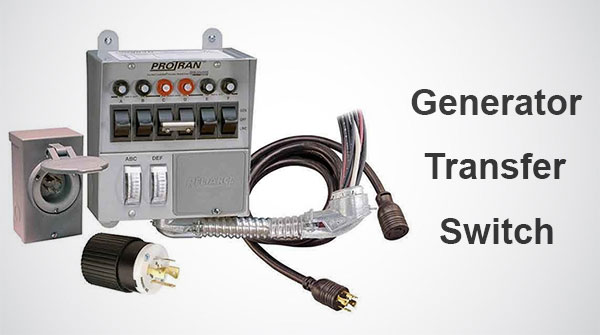
* This site contains affiliate links for which we may be compensated.
During a power outage, a transfer switch gives you an efficient power management system that allows you to distribute power where it is needed the most and prevent dangerous back-feed when operating a home generator.
Defining a Transfer Switch
When you want to save yourself the trouble of connecting extension cords to power several household items, you have to install a transfer switch. A transfer switch is an electrical device that is installed next to your home’s utility entrance panel to route power to selected circuits and prevent back-feed.
Types of Transfer Switches (Manual and Auto)
Manual Transfer Switch
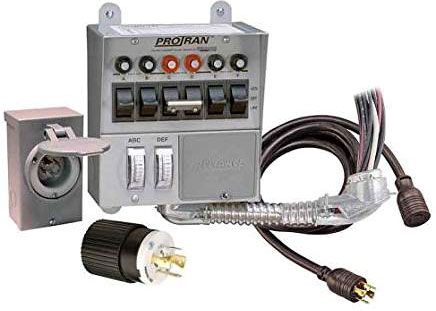
This type of power switch requires you to manage your power requirements yourself in order to power your home and use the generator efficiently. They are very easy to install – you can even install one yourself – making them more cost effective when compared to automatic switches.
Automatic Transfer Switch
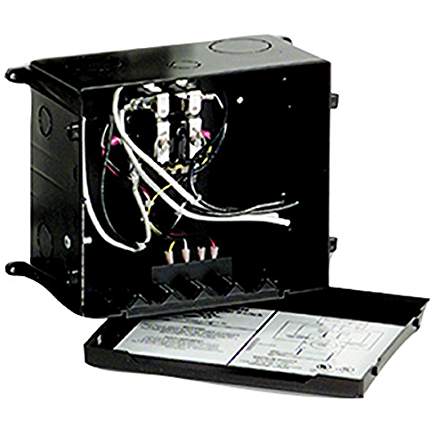
If you don’t want to have to worry about power management when the electricity goes out, then the automatic transfer switch, also known as a Universal Transfer Switch (UTS), is what you need. You just “tell” it what to do when there is a blackout and it will do it, switching power between the house and generator automatically. It checks for any power issues in your home’s utility source and switches on the generator when it senses a power outage. When they return, it also checks if the flow is uninterrupted and switches off the generator accordingly.
Why you should get a Transfer Switch?
It allows you to use your generator more efficiently
With better power management, you can easily meet your power requirements and run what you need with a small generator. Luckily, a transfer switch makes power management a breeze, allowing you to quickly adjust your power needs to accommodate any situation that arises.
Provides a safe and direct connection from the generator to the house
Electrical back-feed is dangerous and occurs when two sources of power that aren’t meant to be used simultaneously are on at the same time. This can lead to numerous dangerous scenarios from generator overload to causing a house fire. A transfer switch prevents this, since it detaches certain circuits from main power.
Provides an easier way of connecting your generator to your home
Since the transfer switch uses the wiring system of the house, all you have to do is flip certain breakers in the transfer switch to bring power to house instead of dragging around and connecting extension cords. Plus, things that can’t be plugged into the generator with extension cords can be used, since they remained plugged into their normal outlets.
How Transfer Switches Work
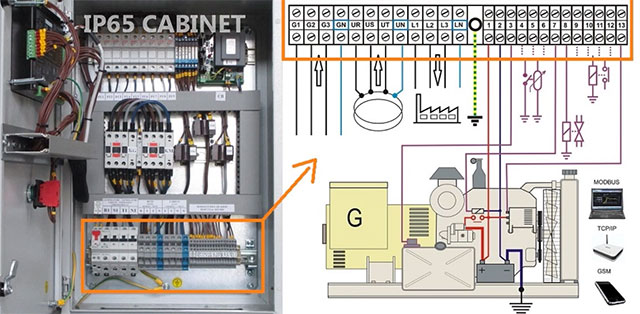
To switch the power from generator to home and vice-versa, routing power to the connected circuits instead of the entire house, the transfer switch has circuit breakers which you flip to send power where you want. When the breakers are in the on position, power goes to the appropriate circuits and back-feed is prevented from entering the generator when the main power returns. When it is off, power from the generator is cut, preventing it from back-feeding into the house. This prevents a number of dangerous situations from happening like generator overload (since the generator might try to power other homes when back-feeding), electrocuting the electrician working on the power lines, damaging appliances and starting a house fire.
How to Install a Manual Transfer Switch
To install a transfer switch, perform the following steps:
1. In the space next to your utility entrance panel, mount the transfer switch.
2. Connect the transfer switch’s wires to the utility entrance panel’s breakers, making sure the main circuit breaker is off and the house has no power.
3. You then need to drill a small hole through the wall from the outside.
4. Just above that hole, screw in the included generator plug; this is where the generator will be plugged in to power the transfer switch.
5. Connect the plug and the transfer switch using a receptacle cable that goes through the hole in the wall.
6. Plug in the generator, making sure your home’s main power is still off, and start up the generator.
7. To test if the transfer switch is getting power from the generator, flip the breakers connected to the selected circuits from Line to Generator and see if the power is coming through by switching on some appliances.
Here’a a great transfer switch installation video:
We also found a couple of transfer switch wiring diagram below. This may or may not be accurate to what you’re trying to accomplish so follow it with caution.
– Wiring diagram for pre-wired transfer switch
– Transfer switch wiring diagram
Where to Buy a Transfer Switch
Purchasing a transfer switch is easy. You can just go to either Amazon or eBay and perform a cursory search of the type of transfer switch you want to purchase. Browse through the results and make sure to read the reviews in order to determine the pros and cons of the product you’re interested in.
Transfer Switch vs. Interlock
An interlock is an electrical device that is connected directly into your home’s utility entrance panel, instead of existing as a separate panel next to the generator, in order to prevent electrical back-feed. They are easier and cheaper to install than a transfer switched but don’t offer the same level of power management as transfer switches. This is because they supply power to the whole house, while a transfer switches supply power to a selected few. Transfer switches provide a one-size-fits-all solution and can be easily removed, while an interlock is application specific, and when that application requires holes to be drilled into the utility entrance panel, the interlocks become a permanent fixture.
This article has looked in transfer switches in a lit bit of detail, even suggesting where to get them and the difference between a transfer switch and interlock. If you want a safe way to power your home with a generator and manage your power needs efficiently, then consider installing a transfer switch.



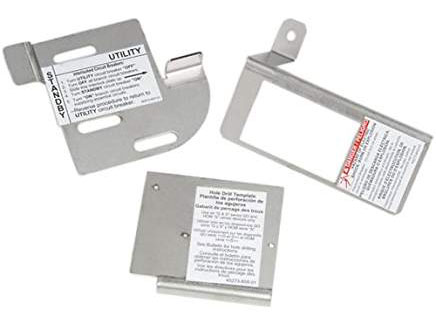










I have my main service panel located outside. It contains all of the 240V appliances like dryer, two HVAC systems, range and septic pump.
My sub panel is located in my garage and contains all of my 120V circuits. The circuits that I would want to choose from in a power outage and powered by a portable generator are in there.
My ten circuit transfer switch would be installed next to my sub.
I understand that I don’t have to touch my sub panel when it’s time use the transfer switch, as in turn off any breakers.
Is this true with my main panel as well, leave it alone?
Thanks.